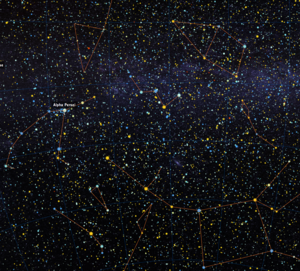116 students tackle real-world space mission design at ESA Academy’s Concurrent Engineering Challenge 2025!
From 7 to 11 April, 116 university students gathered across Europe to participate in the ESA Academy’s Concurrent Engineering Challenge 2025. Connecting three major European institutions, Politecnico di Milano (Italy), Cranfield University (United Kingdom), and the University of Aveiro (Portugal), alongside ESA’s own educational centre in Belgium, this dynamic event pushed students to design an ambitious interplanetary mission in a truly collaborative environment.
The mission?

To enhance humanity’s understanding of the chemical composition of the Solar System and the origins of life by studying comets. Inspired by the legacy of ESA's Rosetta mission and leveraging insights from Comet Interceptor and OSIRIS-REx, the challenge aimed at designing a spacecraft capable of collecting and returning comet samples to Earth.
Throughout the week, students formed teams representing spacecraft subsystems such as propulsion, power, thermal, AOCS, payload, and more. Each university developed its own mission concept, while also maintaining continuous communication and collaboration across the sites to share knowledge, ensure cross-team alignment, and learn from each other, exactly as ESA engineers do in real missions.

Importantly, all facilities remained connected throughout the entire day, creating an immersive, collaborative environment. At the end of each day, a collective wrap-up session was held to discuss improvements, share lessons learned, and present the results achieved by each team, reinforcing the iterative and collaborative nature of the challenge.
The challenge simulated a real-life Concurrent Engineering process, as conducted in ESA's Concurrent Design Facility (CDF), with all teams progressing from preliminary concept to feasibility study, considering mission objectives, design constraints, and system-level trade-offs. Key objectives included:
- Studying the elemental composition of comets
- Collecting and returning comet samples to Earth
- Contributing to future commercial or planetary defence missions, potentially enabling in-situ fuel production

During the final day, teams presented their mission concepts in front of ESA engineers and their university coordinators, showcasing consolidated science objectives, technical requirements, design solutions, and even preliminary CAD models and cost estimates.
Besides technical excellence, the event focused on teamwork and communication. Students, system engineers, and university coordinators worked hand-in-hand across countries, experiencing first-hand the international collaboration that defines ESA’s engineering approach.

“It’s been an incredible experience, one that will be very hard to repeat. Everyone was incredibly smart and kind, and worked really hard to make this mission feasible. The mission was both demanding and fascinating, and I now realise that designing a space mission is even more complex and exciting than I imagined. I enjoyed working with different subsystems to integrate our work and understand how the whole system comes together” said one student from the University of Aveiro.
The ESA Academy Concurrent Engineering Challenge 2025 concluded as a major success, providing students not only with technical skills but also with invaluable experience in project management, teamwork, and systems thinking, all crucial ingredients for future space engineers.
Stay tuned as the next generation of space explorers prepares to transform these ideas into tomorrow’s missions!
For more information about future ESA Academy training opportunities, please check:
http://www.esa.int/Education/ESA_Academy/Current_opportunities
Contact: academy.training@esa.int















 Germany
Germany
 Austria
Austria
 Belgium
Belgium
 Denmark
Denmark
 Spain
Spain
 Estonia
Estonia
 Finland
Finland
 France
France
 Greece
Greece
 Hungary
Hungary
 Ireland
Ireland
 Italy
Italy
 Luxembourg
Luxembourg
 Norway
Norway
 The Netherlands
The Netherlands
 Poland
Poland
 Portugal
Portugal
 Czechia
Czechia
 Romania
Romania
 United Kingdom
United Kingdom
 Slovenia
Slovenia
 Sweden
Sweden
 Switzerland
Switzerland


























